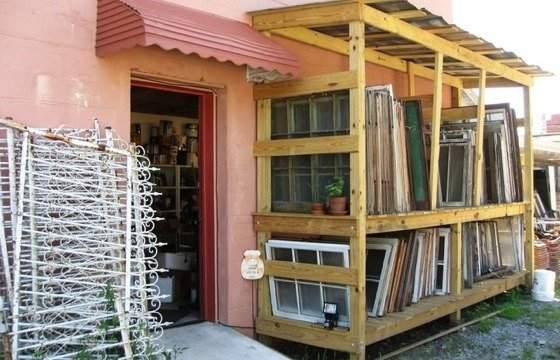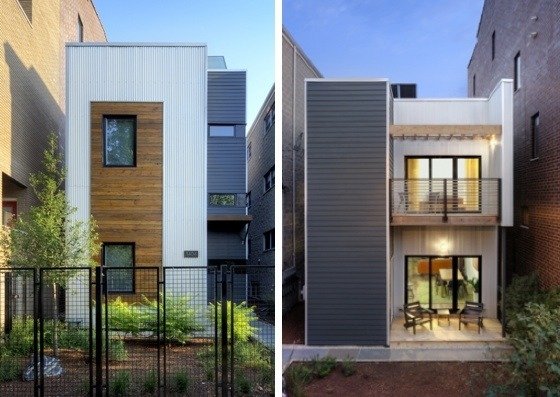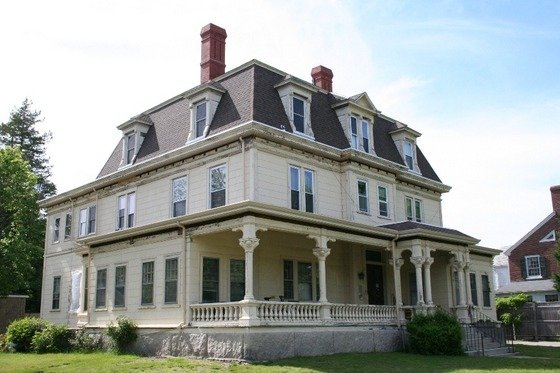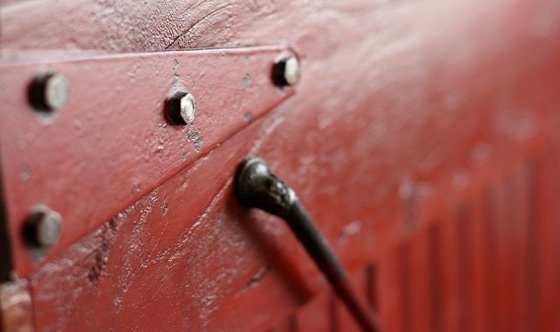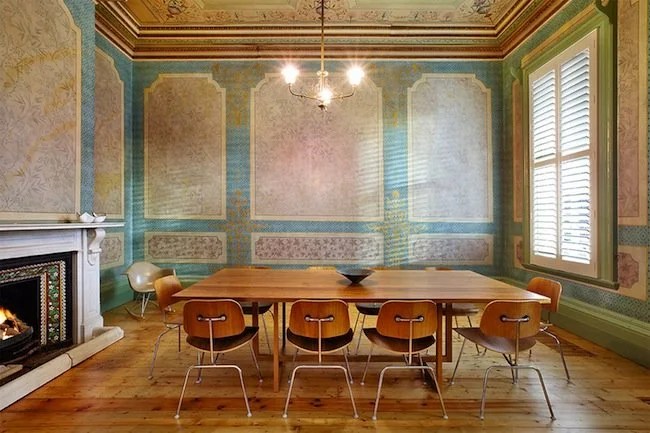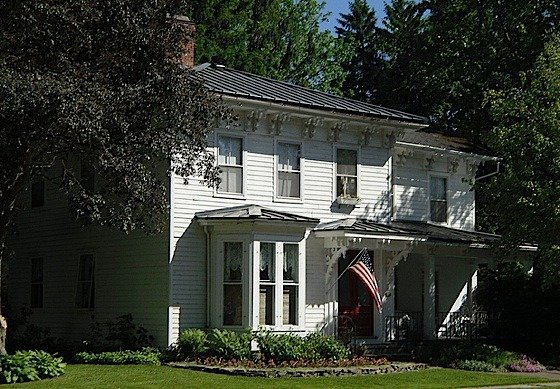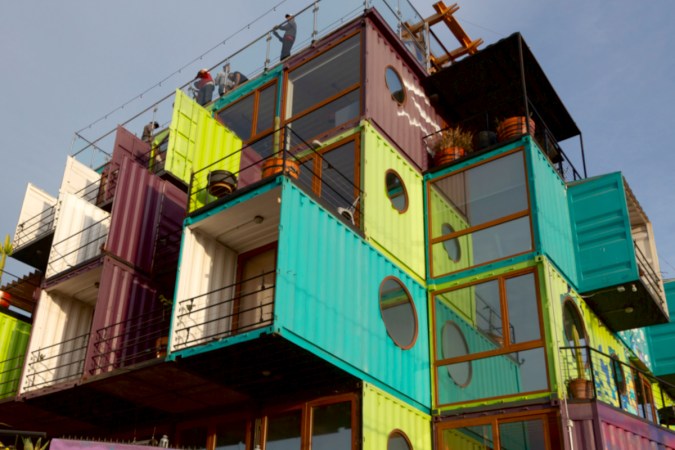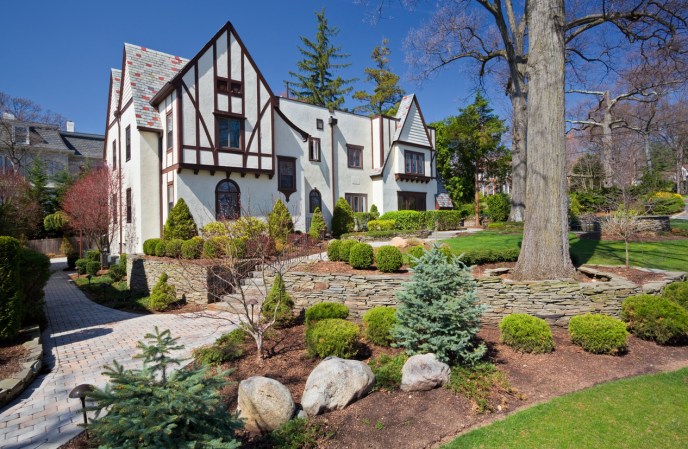We may earn revenue from the products available on this page and participate in affiliate programs. Learn More ›
Here are just a few listings of the antique fairs, flea markets, reclaimed lumber businesses, nonprofits, and architectural salvage stores where you can scout for treasure:
NATIONAL
Habitat for Humanity ReStore: (https://www.habitat.org/restore)
Habitat for Humanity’s resale outlets are all a bit different, but most offer a good selection of reusable building materials at bargain prices.
EAST
Olde Good Things: New York, Pennsylvania, and California; 888-233-9678; (ogtstore.com)
The possibilities are close to endless in the Manhattan and Los Angeles locations, and there is a huge warehouse in Scranton, PA. Among the finds: gorgeous stained glass, industrial items, antique flooring, and decorative metal.
Recycling the Past: New Jersey; 609-660-9790; (recyclingthepast.com)
Wide-ranging selection of salvage materials, from retro sinks of pink, sky blue, and yellow (still in their boxes) to rare 19th-century gargoyles.
Brimfield Antique Show: (brimfieldshow.com)
Stretching along a mile of Route 20 in Brimfield, Massachusetts, this show has more than 6000 dealers and is held three times a year.
Green Demolitions: Connecticut, New Jersey, and Pennsylvania; (greendemolitions.org)
This nonprofit is based on a demolition donation program. Buy everything from a fireplace mantle to a solid copper roof to an entire kitchen of cabinets and appliances.
SOUTH
Pinch of the Past: Georgia; 912-232-5563; (pinchofthepast.com)
You’ll find lots of great ironwork, mantles, doors, and stained glass in both the Savannah and Greensboro locations.
Marburger Farm Antique Show: Texas (roundtop-marburger.com)
Architectural remnants are easy to find at this annual show featuring more than 300 dealers in Round Top, Texas.
Allison’s Adam & Eve Architectural Salvage: Florida; 561-655-1022; (adamandevesalvage.com)
Claiming to be the largest architectural salvage company in the Southeast, this West Palm Beach location seems to have everything, including an impressive collection of old windows and garden decor.
MIDWEST
Salvage One: Chicago; 312-733-0098; (salvageone.com)
Visit the 60,000 square-foot warehouse for a mix of building materials, fixtures, and garden urns and fountains. Exceptional selection of midcentury modern furnishings.
Elmwood Reclaimed Timber: Missouri; 800-705-0705; (elmwoodreclaimedtimber.com)
Select from broad range of superior quality beams, flooring, paneling, stair parts, and other building supplies that have been dismantled from old barns and buildings.
Gavin Historical Bricks: Iowa; 319-354-5251; (historicalbricks.com)
Supplier of antique reclaimed brick and stone, including antique cobblestones, building brick, and flooring brick. Services include brick restoration and matching.
West End Architectural Salvage: Iowa; 515-243-0499 (westendarchsalvage.com)
Walk through four floors of antique hardware and building materials, mantels, stained glass, and vintage lights in this Des Moines treasure trove.
City Salvage: Minnesota; 612-627-9107; (citysalvage.com)
This business deals exclusively in American antiques with millwork, mantles, stained glass, hardware, and plumbing fixtures.
WEST
Architectural Salvage of San Diego: California; 619-696-1313 (architecturalsalvagesd.com)
Owner Elizabeth Scalice’s passion for sustainable practices has built up this business with a plethora of doors, mantles, hardware, windows, kitchen and bath fixtures, and much more.
Alameda Point Antiques Faire: California; (alamedapointantiquesfaire.com)
Enjoy more than 800 booths of antique and vintage goods at this sprawling show in the San Francisco Bay Area. First Sunday of the month.
Vintage Plumbing Bathroom Antiques: California; 818-772-1721 (vintageplumbing.com) This Los Angeles company has an impressive collection of top-quality and unusual finds, including serpentine cast iron pedestal sinks, rare Roman tubs, needle bath ribcage showers, and antique ornate shower doors, and extra-wide farmhouse kitchen sinks.
Architectural Artifacts: Colorado; 303-296-0925 (architectural-artifacts.com)
This 26-year-old Rocky Mountain company offers quality salvage, including flooring, doors, sinks, and religious artifacts.
